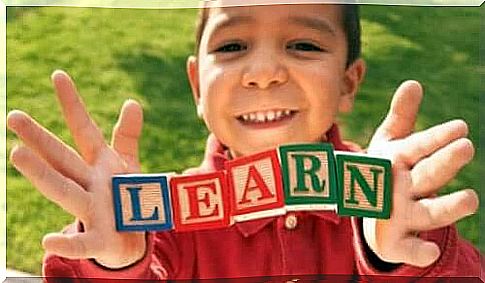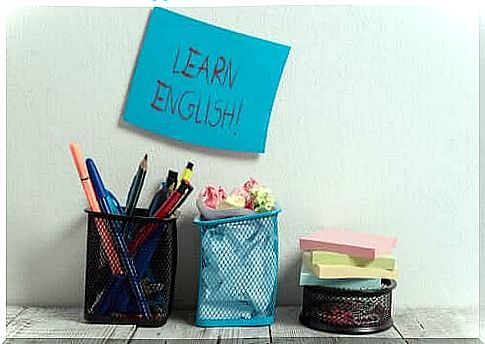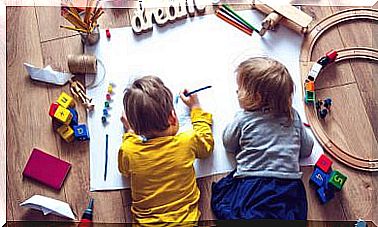How To Teach Your Child A Foreign Language? – Being Parents

Teaching your child a foreign language shouldn’t be difficult. Indeed, children are able to easily learn several languages at the same time. However, we don’t always know how to teach them. However, it is possible to facilitate their learning. Here are some tips in this direction.
We often think that a child can only be bilingual if he starts speaking both languages at the same time. Yet this is not true. Indeed, Jill Stribling, a graduate in psychology and pedagogy and holder of a master’s degree in early childhood education from the University of California, says that “ The idea that one cannot be bilingual after a certain age is a myth”. Stribling even insists that any child can become bilingual.
So here are some tips for teaching your child a foreign language in a simple and natural way.
Simple tips for teaching your child a foreign language
Listen to music
First of all, exposing your child to music is one of the easiest ways to familiarize them with a new language. As we know, children learn by doing, listening and seeing. When children listen to music in another language, they become familiar with the sound and rhythm of that language. Thanks to the music, they will be able to get used to the tones, inflections and nuances of this new language.

Even if they do not understand the songs at first, they will develop essential skills for future communication in this language. Listening and practicing songs in another language will help your child develop a natural relationship with that language.
Watch videos or series in another language
Showing your child videos or TV shows in another language is one of the best ways for him to learn this new language. However, it is important to find good DVDs with shows or series suitable for children.
The videos thus integrate two ways of learning: watching and listening. While music is a great teaching method for learning another language, videos can also give your child a visual representation of the words they are listening to.
Read stories
We know that reading is very beneficial for children. Reading books in a foreign language is therefore just one more way to benefit them. In doing so, they become familiar with the structure of the language.
Seeing individual words is very different from reading complete sentences. First, look for simple picture books that the child can enjoy.
Bilingual books are also interesting because they allow you to read in another language while fully understanding the story.
Using flashcards to teach your child a foreign language
Use flashcards to learn a foreign language. It’s fast, fun, interactive, and efficient. You can buy them or even create them yourself. To teach your child another language little by little, start by making him use these cards as soon as he is a baby, and this about 3 times a day.

You can also select 10 to 15 words and quickly repeat them to him at different times of the day. For example, when the child wakes up, after a diaper change, at bath time, or any other time you deem appropriate. Returning these cards will not take more than 30 seconds per session.
Another option is to stick these cards on the walls in different places around the house. When you find them, you can show your child the card with the word on it and repeat it to him or her several times.
Practice the language with other people
The last step, and probably the most important, is the practice of conversation. A child can learn a new language just by talking with others. If we talk to him in another language and put him in touch with people who speak that language, he will learn to speak it. Conversation is the key to language transformation.
Repetition is the key to this process. A baby can learn very quickly and effortlessly. Let us therefore take advantage of this period so that the child becomes bilingual. All it takes is a little dedication.









